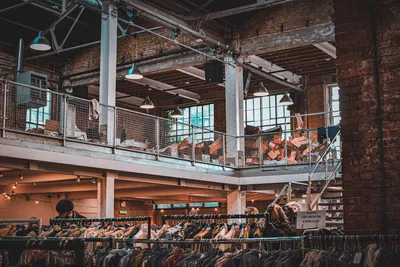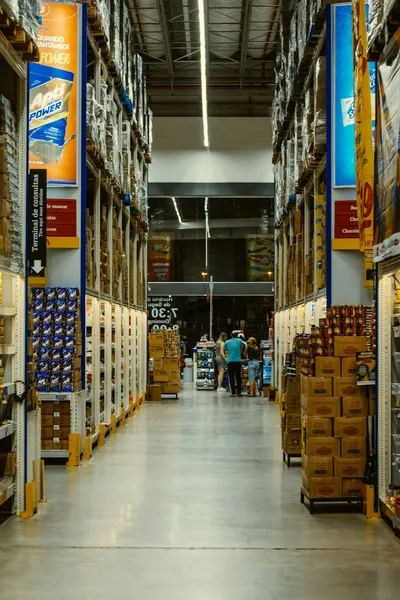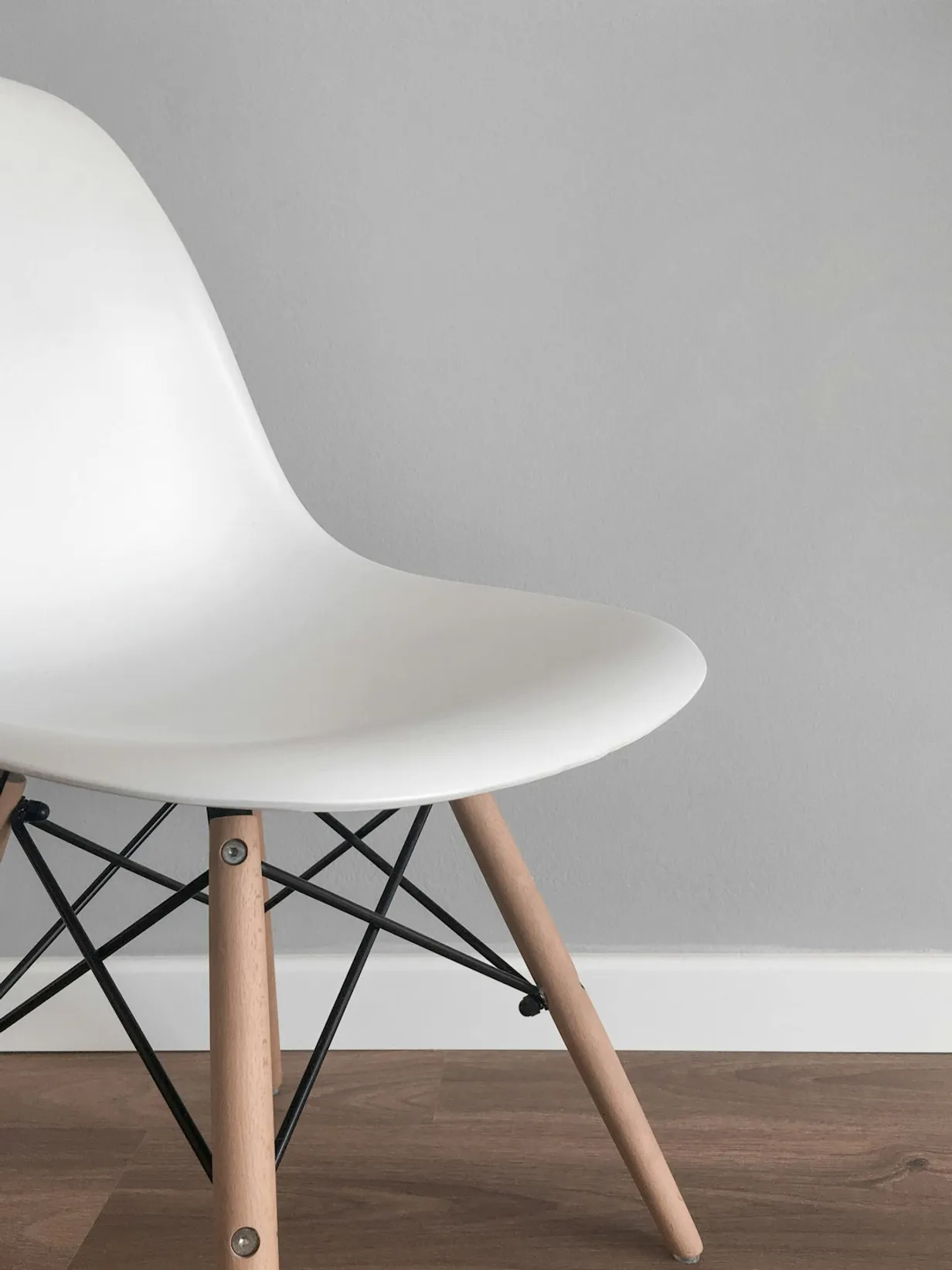Understanding Biophilic Design
Biophilic design is an innovative design approach that seeks to connect building occupants more closely to nature. This trend is gaining momentum in the furniture industry, especially in spaces like warehouses, where it can soften the environment and promote well-being.
Key Elements of Biophilic Design
Key elements include the use of natural materials, incorporation of plants, and extensive use of natural light. These elements not only enhance the aesthetic appeal of warehouse spaces but also contribute to improved worker productivity and satisfaction.
Why Biophilic Design Is Trending Globally
The global design community is increasingly recognizing the benefits of biophilic elements. As more research highlights the positive psychological impact of nature-inclusive designs, businesses worldwide are integrating these elements into their spaces.
Materials That Evoke Nature
Wood, stone, and bamboo are popular in biophilic furniture. These materials provide a tactile connection to nature, enhancing the atmosphere within large, industrial spaces. Choosing furniture pieces that feature these materials can thus transform a warehouse into a more inviting and balanced environment.
Incorporating Biophilia in Warehouse Spaces
Integrating biophilic elements in warehouses can be straightforward. This could mean using planters as dividers or opting for furniture with natural forms and textures. Additionally, maximizing natural light through skylights can significantly change the mood of the space.
Design with Purpose
When implementing biophilic design, it's critical to plan with intent. Each element should serve a purpose—whether it’s to reduce noise, create privacy, or simply enhance visual appeal. This thoughtful approach ensures that warehouse environments remain functional while achieving aesthetic excellence.
Popular Warehouse Design Articles
Discover our most popular articles on warehouse interior design, providing top insights and solutions.

How to Navigate Regulatory Compliance in Furniture Importing

Integrating Sustainable Design in Warehouse Interiors

The Rise of Multi-Functional Furniture in Modern Warehouses

